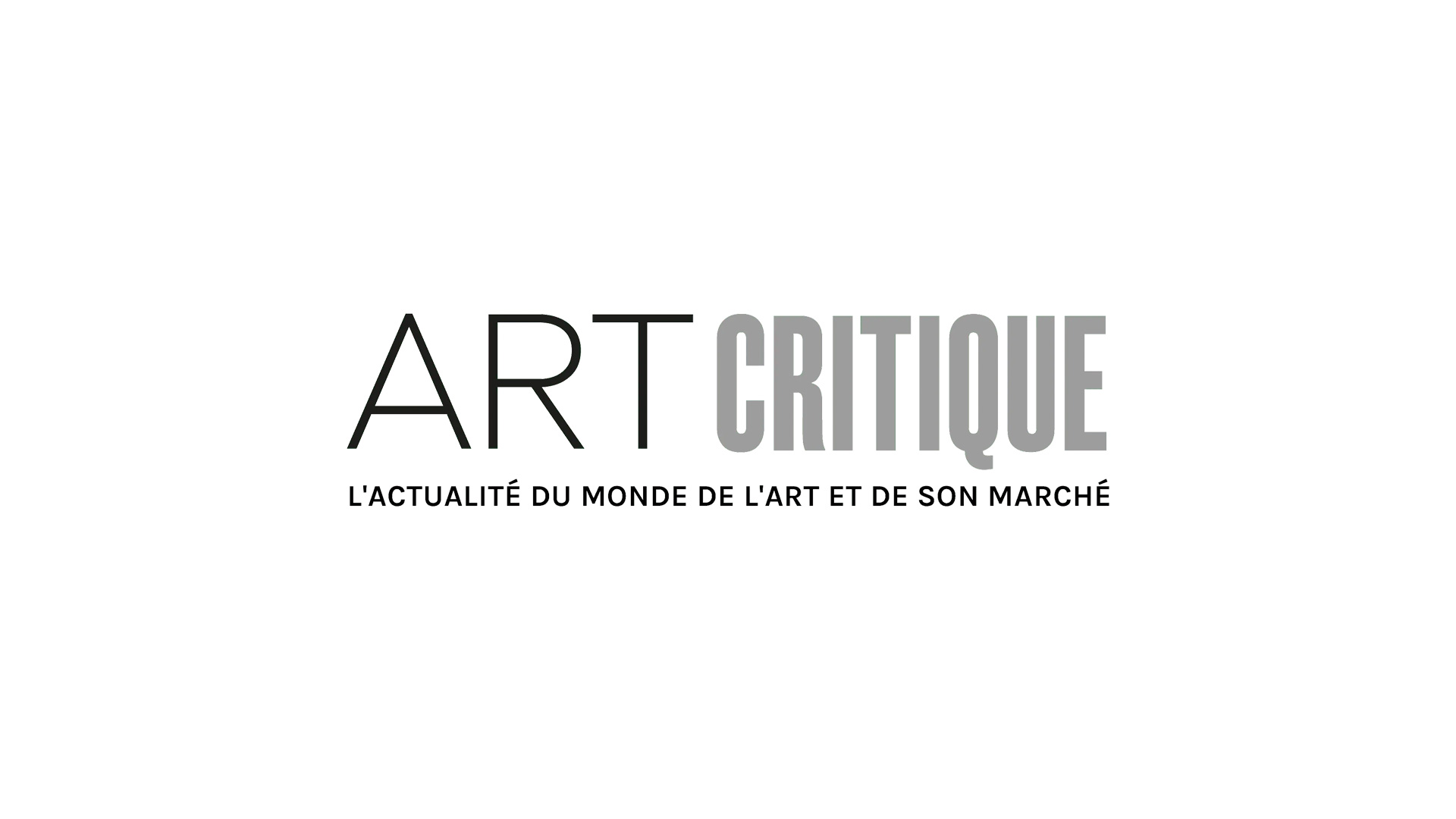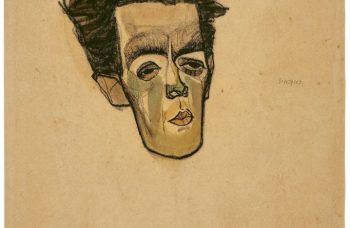When it comes to art theft, we usually envision a series of elaborate events woven together into scenario straight out of The Thomas Crown Affair. We don’t usually think of students simply taking artwork off the walls of student accommodations and walking away with it. This may very well, though, be the story behind 34 missing artworks by Edvard Munch.
The story of these stolen works goes back to Norway in the 1970s when a very trusting-worthy loan scheme may have allowed for students to take artworks by the country’s most known artist relatively easily. The series of thefts went mostly unreported until recently when the Norwegian newspaper Dagladet picked up the trails of the pieces now considered to be missing.
The works by Munch found themselves displayed in the unusual manner after businessman Rolf Stenersen (1899-1974) donated a number of works by Munch and other artists to the city of Oslo in 1936. After about 15 years, none of the works had found a permanent home, yet, so the city and Stenersen decided to put the works on display in student housing in Sogn. In the following years, irreplaceable and highly-valuable artworks decorated Sogn Student Village dorm rooms, common areas, eateries, and hallways. In the late 60s and early 70s, though, the unusual tactic was taken advantage of. Dagladet’s research found that in 1967, Munch’s Crying Woman by the Bed was cut from its frame and replaced with a reproduction of a Picasso. After that, The Girls on the Bridge, Drawing, and Kiss, all by Munch, were eventually taken. It was not until Munch’s History was stolen from the student restaurant that an end was put to the scheme. History was recovered quickly but by this point, 47 artworks by Munch, Jakob Weidemann, Ludvig Karsten, Erik Harry Johannessen, Kai Fjell, and Rolf Nesch were still missing.
In 2010, the Sternersen collection was moved from Oslo’s municipal collection to the Munch Museum – sans the paintings still at large. Though the Munch Museum does not have the necessary funds to track down the works at the moment, according to director Stein Olav Henrichsen, the museum hopes that anyone with information on the whereabouts of any of the missing pieces will come forward with information.
This is all ahead of the British Museum’s upcoming show celebrating Munch. ‘Edvard Munch: Love and Angst’ will be the largest UK exhibition of Munch’s works on paper in nearly 50 years. Almost 50 prints will be loaned to the London museum from the Munch Museum but, unfortunately, the 34 works taken decades ago won’t be able to join the exhibition. The Munch Museum does hope to find the works that were lost ahead of its 2020 move to a new landmark building designed by Estudio Herreros, a Spanish firm. It is also digitizing its collection of 28,000 artworks including the other works that were part of Sternersen’s donation to Oslo. Elisabeth Munch-Ellingsen, a descendent of Munch who called the thefts ‘truly scandalous’, hopes that the upcoming show and new museum will encourage those with the missing artworks to come forward.





